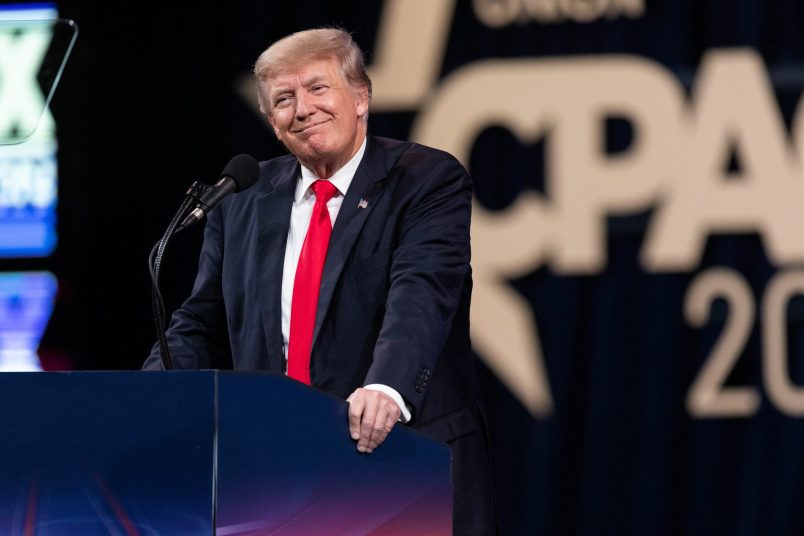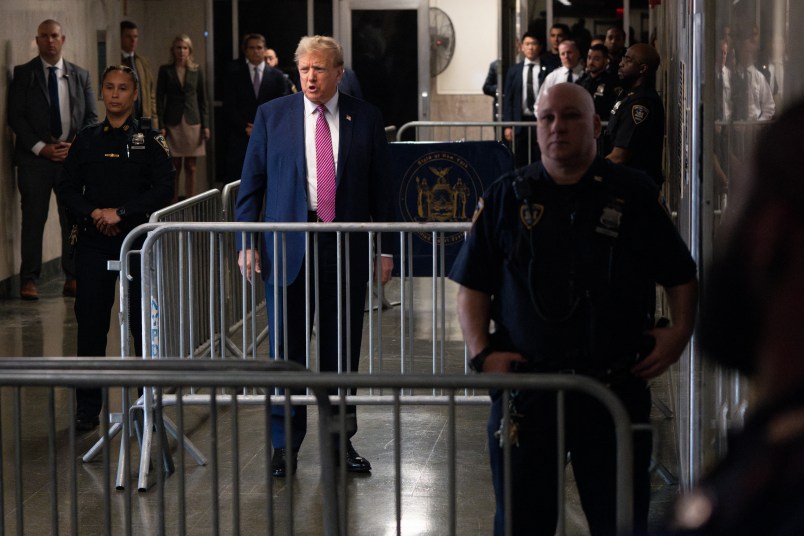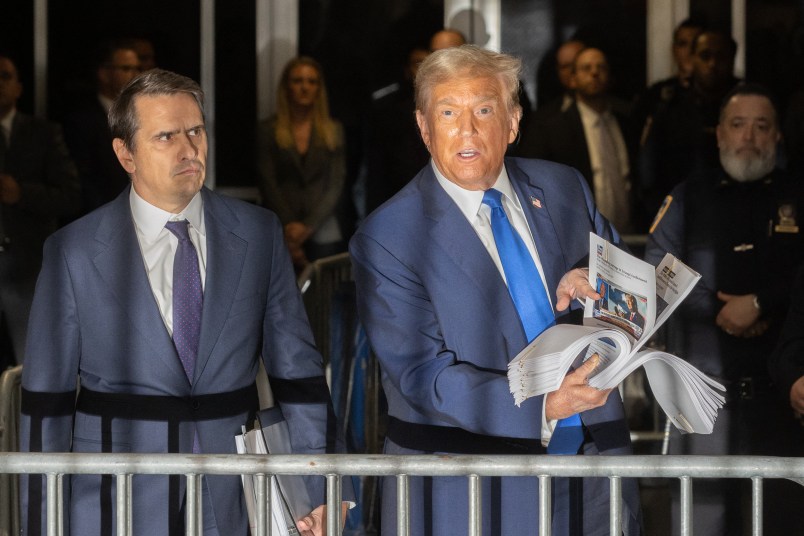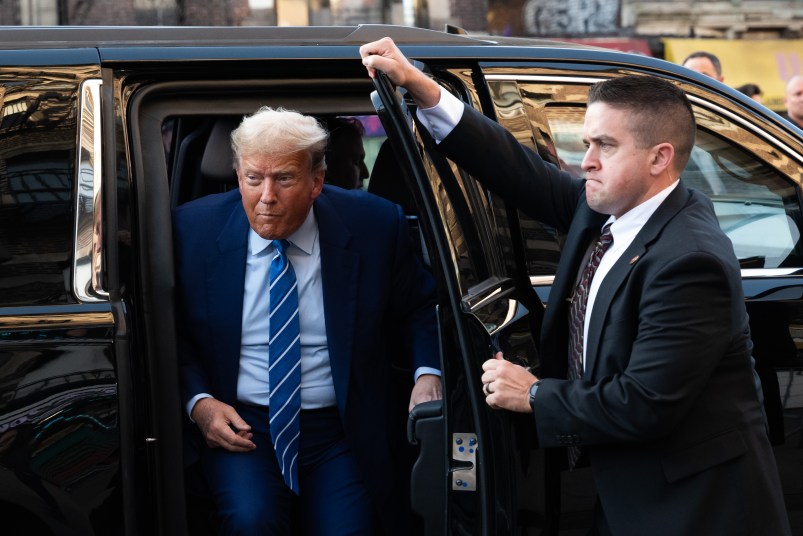When Speaker of the House Rep. Nancy Pelosi (D-CA) ripped up a copy of President Trump’s speech following the 2020 State of the Union, Trump had a response.
“First of all, it’s an official document. You’re not allowed,” Trump said. “It’s illegal what she did.”
Now, Trump faces allegations of not just ripping, but also flushing and transporting official documents. The National Archives and Records Administration has reportedly asked the DOJ to investigate the former president’s document-retention habits, and, last month, forced Trump to hand over 15 boxes of federal records that he took with him to Mar-a-Lago.
The Pelosi stunt and Trump’s reaction to it serves as a revealing example of where the line is.
“The speech that was given to her was a copy of his own speech, so she didn’t make any changes to a presidential record,” argued Kel McClanahan, executive director of the public interest law firm National Security Counselors, in an interview with TPM.
“Whereas if he had marked up the speech, and then destroyed it, or then gave her his annotated copy and destroyed that — but then she still wouldn’t have been on the hook for destroying it so much as it would have been on him for giving it,” he added.
It underlines a central point: As President, the records in question that Trump created were not his to give, take, or destroy.
His behavior reportedly went far beyond the line established by the Presidential Records Act. Per that law, the White House has to preserve all records created by a President and his staff, transferring them to the care of the National Archives. Even in cases where backup copies of the documents may have existed digitally, Trump’s reported behavior would have destroyed his annotations. (The former president is well known for scrawling messages and notes on print-outs his staff provide for him.)
“Pretty much every document he creates is worthy of preservation because of his status as president,” Anne Weismann, a former chief counsel for watchdog group CREW, told TPM. “For a lot of government employees, a lot of what they do would not be considered worthy of preservation, so no big deal. But when you’re the president, just the fact that you created a note means that it has to be preserved.”
Penalties under the Presidential Records Act itself are practically non-existent. Groups, like CREW, can bring civil lawsuits under the act as a form of enforcement, though the judiciary has looked askance at that avenue of accountability.
“Outside of the PRA, there are some criminal statutes, but the PRA, as we’re seeing, is a pretty toothless statute,” Weismann added.
The PRA isn’t the only law in play, however. Federal statutes that criminalize the depredation of federal documents and destruction of federal records may apply to the allegations around flushing and ripping, McClanahan said. He aded that Trump moving documents that may implicate national security concerns to Mar-a-Lago raise questions under the Espionage Act.
It’s unclear whether the DOJ has the appetite for a full investigation and eventual prosecution of the allegations.
Weismann remarked that when Congress enacted the PRA, “they assumed that presidents would comply with the law, and that they’d want a full history of their presidency. That hasn’t been the case with Trump.”
McClanahan argued that Trump’s conduct was so brazen in this instance that a failure to prosecute would be damaging to the laws, allowing future presidents to see the laws as optional.
“If they don’t prosecute Trump, there are going to be people who will do what he did,” McClanahan said.
This story has been updated.










